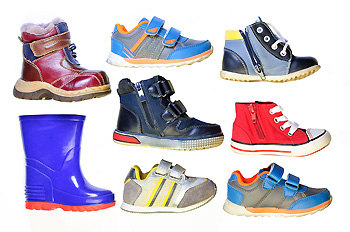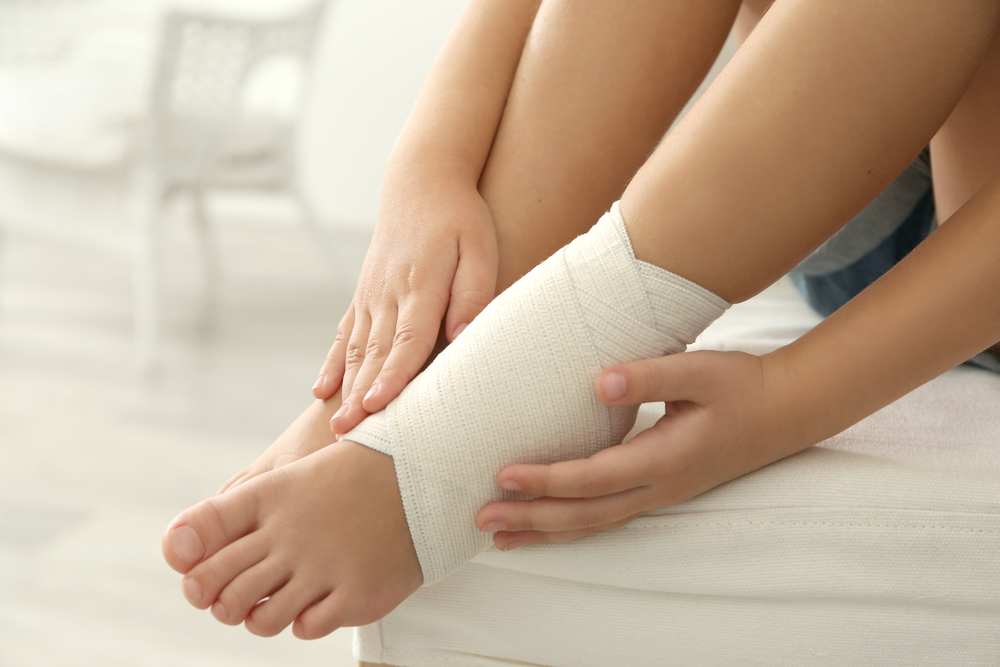 If you are experiencing pain and discomfort surrounding the nail of your big toe, you may have what is known as an ingrown toenail. This uncomfortable condition is typically the result of a toenail that grows into the skin or over the edges of the nail. Bacteria may enter the area, and this may possibly lead to the development of an infection. There may be noticeable symptoms of this occurring, including an unpleasant odor or drainage coming from the toenail. There may be several causes for ingrown toenails to develop. These may include wearing shoes and socks that are too small, injuries the nail may have incurred, or trimming the toenails incorrectly. If you have an ingrown toenail, it’s suggested to speak with a podiatrist before it becomes infected, so the proper course of treatment can begin.
If you are experiencing pain and discomfort surrounding the nail of your big toe, you may have what is known as an ingrown toenail. This uncomfortable condition is typically the result of a toenail that grows into the skin or over the edges of the nail. Bacteria may enter the area, and this may possibly lead to the development of an infection. There may be noticeable symptoms of this occurring, including an unpleasant odor or drainage coming from the toenail. There may be several causes for ingrown toenails to develop. These may include wearing shoes and socks that are too small, injuries the nail may have incurred, or trimming the toenails incorrectly. If you have an ingrown toenail, it’s suggested to speak with a podiatrist before it becomes infected, so the proper course of treatment can begin.
Ingrown toenails may initially present themselves as a minor discomfort, but they may progress into an infection in the skin without proper treatment. For more information about ingrown toenails, contact one of our podiatrists of Westside Podiatry Center, LLP. Our doctors can provide the care you need to keep you pain-free and on your feet.
Ingrown Toenails
Ingrown toenails are caused when the corner or side of a toenail grows into the soft flesh surrounding it. They often result in redness, swelling, pain, and in some cases, infection. This condition typically affects the big toe and may recur if it is not treated properly.
Causes
- Improper toenail trimming
- Genetics
- Improper shoe fitting
- Injury from pedicures or nail picking
- Abnormal gait
- Poor hygiene
You are more likely to develop an ingrown toenail if you are obese, have diabetes, arthritis, or have any fungal infection in your nails. Additionally, people who have foot or toe deformities are at a higher risk of developing an ingrown toenail.
Symptoms
Some symptoms of ingrown toenails are redness, swelling, and pain. In rare cases, there may be a yellowish drainage coming from the nail.
Treatment
Ignoring an ingrown toenail can have serious complications. Infections of the nail border can progress to a deeper soft-tissue infection, which can then turn into a bone infection. You should always speak with your podiatrist if you suspect you have an ingrown toenail, especially if you have diabetes or poor circulation.
If you have any questions, please feel free to contact one of our offices located in Liverpool, Camillus, Skaneateles, Oswego, and Cicero, NY . We offer the newest diagnostic and treatment technologies for all your foot care needs.









